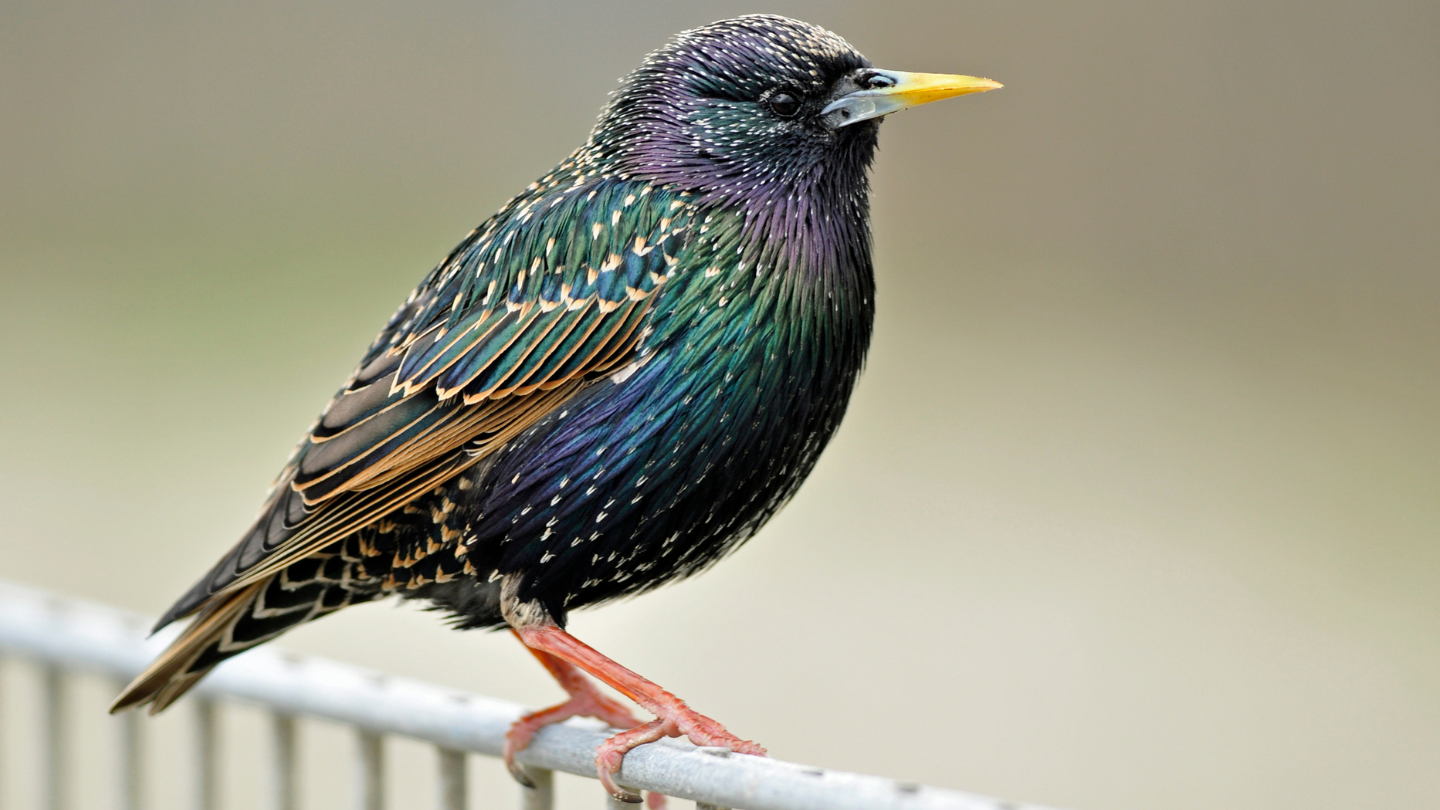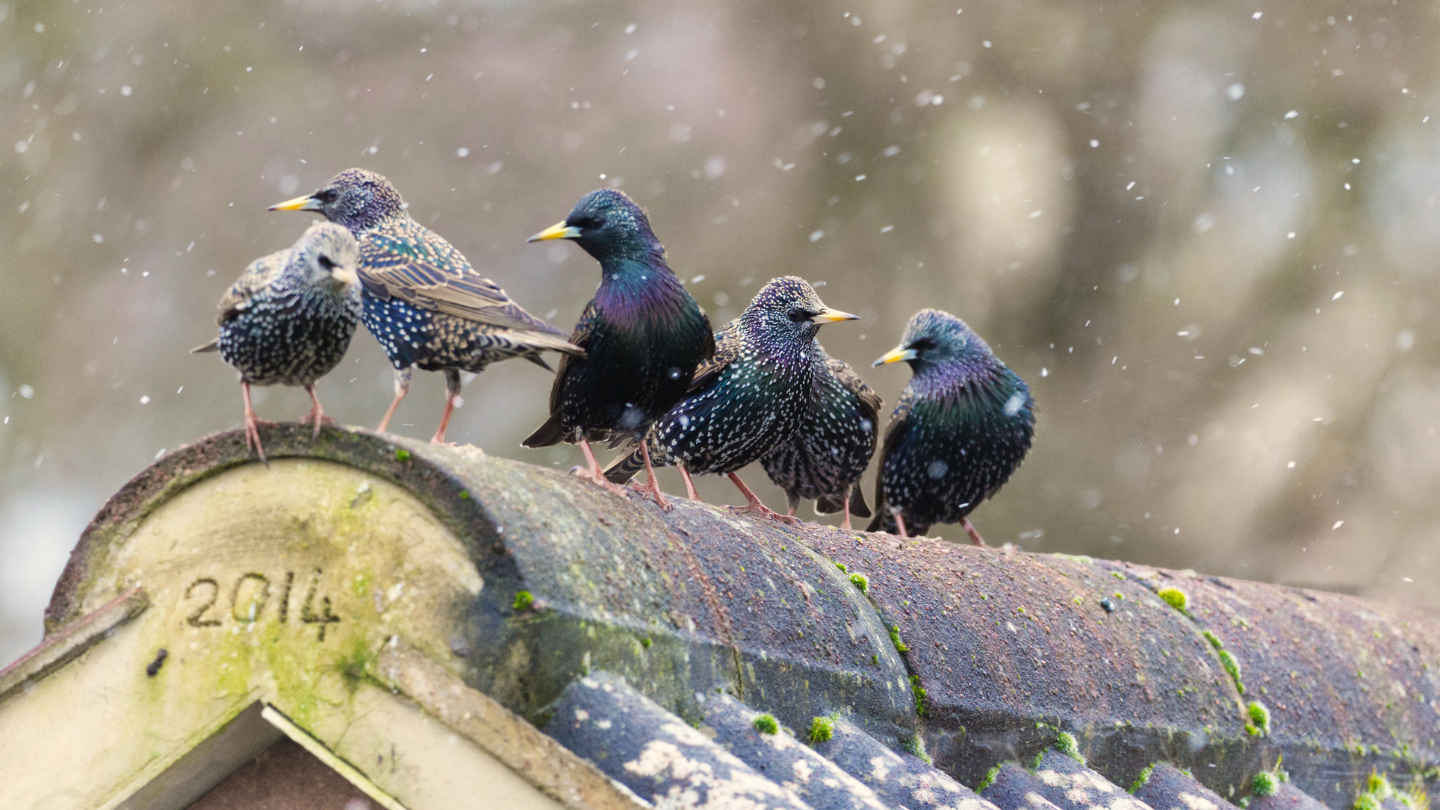Our Starling Removal Services

Starling removal is crucial for maintaining the integrity of vents and attics, as these birds can cause significant damage by nesting and obstructing airflow. Their droppings can also lead to health hazards and unpleasant odors, creating an unhealthy living environment. Timely intervention helps prevent structural issues and protects against potential pest infestations that often accompany bird nests.

Removing starling nests and cleaning up droppings is crucial to prevent potential health hazards, as starling droppings can harbor harmful pathogens and parasites. Additionally, neglecting to address these nests can lead to structural damage in vents and attics, as the accumulation of debris may obstruct airflow and create fire hazards. Timely intervention not only protects the integrity of the home but also helps maintain a sanitary and safe living environment.

Starling prevention and deterrents are crucial for protecting vents and attics from these invasive birds, which can cause significant structural damage and block essential airflow. Their nesting behaviors can also lead to health risks, as their droppings may harbor pathogens that affect both humans and pets. Implementing effective deterrents not only preserves the integrity of your home but also minimizes the potential for costly repairs and health concerns associated with starling infestations.
5 Step Starling Removal Process



Frequent asked questions
Starlings enter through small openings like gaps in soffits, loose siding, or roofline gaps. They can also widen damaged areas to make room for nesting. Once inside, they usually nest in corners or insulation. Even a hole as small as 1.5 inches is enough for them to squeeze through.
These vents provide warmth, shelter, and protection from predators. The airflow doesn’t always stop them, especially if the vent cover is missing or damaged. Starlings build nests in the ductwork and often bring in straw, grass, and feathers. The nesting materials can block airflow and cause odors.
Yes, starlings frequently clog dryer vents with their nests. The buildup of lint and nesting material becomes a serious fire risk. Airflow is restricted, which can cause the dryer to overheat. In some cases, the appliance will shut off or fail entirely.
Starlings tear into insulation to make nests, leaving behind feces and feathers. The mess can attract insects and cause odor problems. Droppings also stain surfaces and create health risks over time. Noise from scratching and chirping is another common issue.
Yes, especially in dryer or exhaust vents. Nests are made of dry, flammable materials and are often packed tightly inside ducts. When airflow is blocked, heat builds up and increases fire risk. This is one of the main reasons vents need to be kept clear.
Yes, their droppings can contain bacteria and fungi that cause health problems. Histoplasmosis is one of the most common concerns linked to bird droppings. Large amounts of waste in confined spaces increase the risk. Nests can also attract mites and other parasites.
Starlings typically nest from early spring through midsummer. They start looking for nesting spots as early as March. Homes with easy access points get targeted quickly. If not removed, they may return to the same site every season.
You may hear scratching, chirping, or fluttering, especially in the early morning. Droppings or nesting debris near the vent opening is another sign. Sometimes air flow is weak or blocked completely. In attics, the smell and noise are strong indicators.
Yes, they often return to the same spot if the nest site remains accessible. Even if the nest is abandoned, the scent and droppings attract them back. Over time, the number of birds may increase. Exclusion and cleanup are needed to stop the cycle.
Yes, removal can be done carefully by accessing the vent or attic from the outside. Specialized tools are used to remove the nest without cutting into the structure. Once cleared, a proper vent cover is installed to prevent re-entry. Professional removal avoids damage and keeps the structure intact.

100% Satisfaction Guaranteed